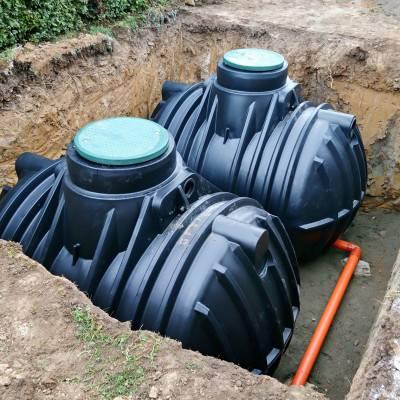Rainwater tank
By installing a rainwater tank, you collect extra water for watering the garden. You can also connect the tank to your home. The amount of water storage depends on the number of water tanks installed.
You only qualify for disconnection subsidy if the overflow from the tank is connected to an infiltration facility in your own yard. An overflow is needed in case the tank is full.
Cost
When using a water tank for just the car or garden, the costs are limited. If you use the rainwater from the rainwater tank also for the toilet and washing machine, for example, a separate water line is needed. When the rainwater tank is empty, the system must be able to switch to drinking water. This requires special equipment.
Space use
The rainwater tank is usually used underground and therefore does not require additional space.
Difficulty
With low water use for garden and car, for example, the system can be installed by a handy handyman. An extensive system requires connection to the water supply and a second pipe system. This should be done by a licensed installer.
Earthmoving
Most tanks have a capacity of about 5 m3. Therefore, a lot of earth moving is required.
Maintenance
Maintenance is limited to inspection and possible cleaning of the filter system.
Climate Goals
A water reuse system helps raise awareness and provides water even in times of drought.
Biodiversity

Contribution to improving biodiversity
Points of interest
- It is important that the rainwater tank is manufactured in one piece, so seamlessly produced and 100% waterproof.
- Rainwater tanks composed of rings or shell sections always have one or more seams that must be sealed. These seams must remain watertight.
- It is important that the connections to the tank or well are also watertight. Preferably with rubber grommets to compensate for small settlements (deformations) of the tank.